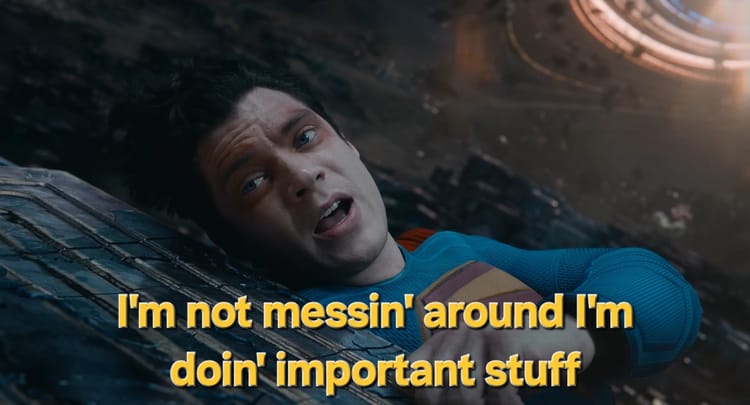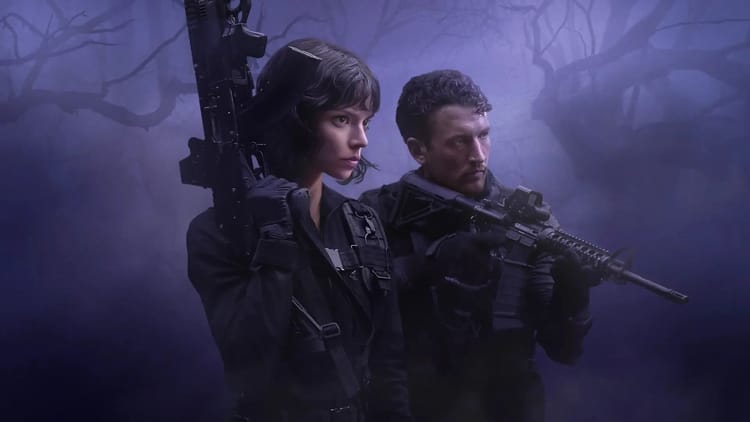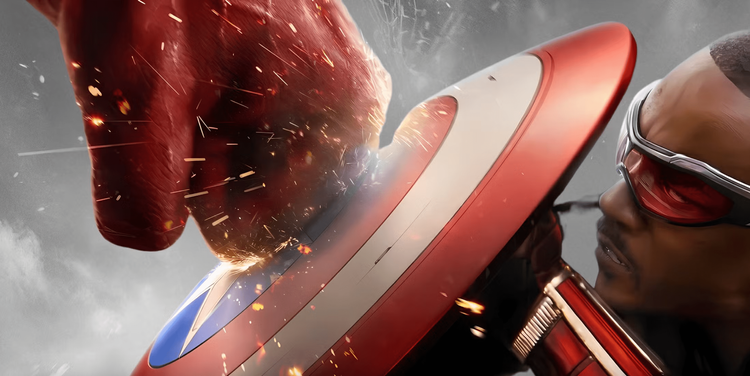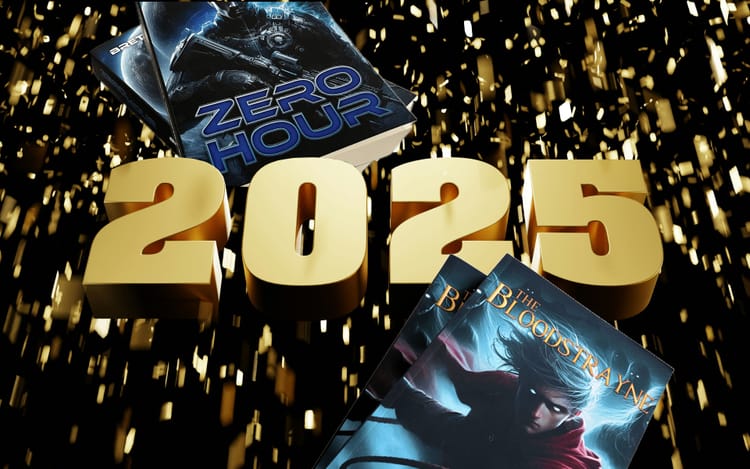What Makes Into the Spider-Verse so Great
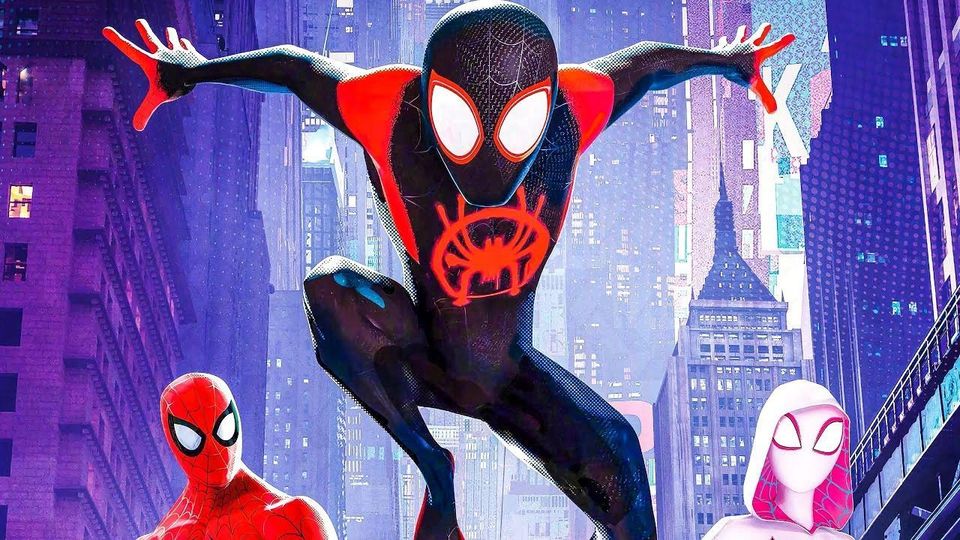
When Spider-Man: Into the Spider-Verse released back in 2018, I remember several people telling me that I had to check the movie out because of the amazing visual style the film employs.
And from a visually creative perspective, Into the Spider-Verse definitely does not disappoint, with it being one of the most visually unique films to come along in quite some time. It boasts a blend of cartoon aesthetics and hyperspeed action that kept me continuously engaged and awed.
But I’ve seen visually arresting movies before that were quite simply a waste of time. Contrary to popular belief or what mainstream critics deem to be pure “cinema,” movies that put all of their focus on the visuals and fail to flesh out the other creative aspects of their film don’t get what cinema is supposed to be all about in the first place.
Movies like Sucker Punch, Life of Pi, and Hugo all come to mind as movies that look stunning, but on the inside are hollow husks that provide little to no honest storytelling or intellectual nourishment. Directors who deliver such shallow films seem to think that overdone visuals can carry the movie, and instead, that very tactic can sink the experience like an anchor.
Using Spiderman movies as examples, compare the Sam Raimi Spiderman trilogy with Marc Webb’s disastrous Amazing Spiderman films. While Sam Raimi’s films had an incredibly unique visual style to boot, the stories and characters were emotionally gripping.

On the other hand, the Amazing Spiderman films generally looked great, but half the time, the character motivations didn’t make sense, and the story arcs were a muddled mess.
What these differences between storytelling styles ultimately comes down to the debate of style over substance.
But here’s the trick when it comes to the idea of style over substance: it’s a false dichotomy.
There is no law or rule saying that a piece of art has to either have an unequal amount of style vs. substance. No matter the creative or artistic medium, there is a balance that can and should be struck between both ends of the spectrum.
The best movies fundamentally reject the notion of style over substance and instead focus on honest storytelling that explores characters, themes, philosophies, and ideologies.
The stories that do this don’t just look great; they feel great.
And in fact, visual storytelling is a primary way to do this, but it’s not the only way. It’s merely a tool out of many, which is what pleasantly surprised me about Spider-Man: Into the Spider-Verse.
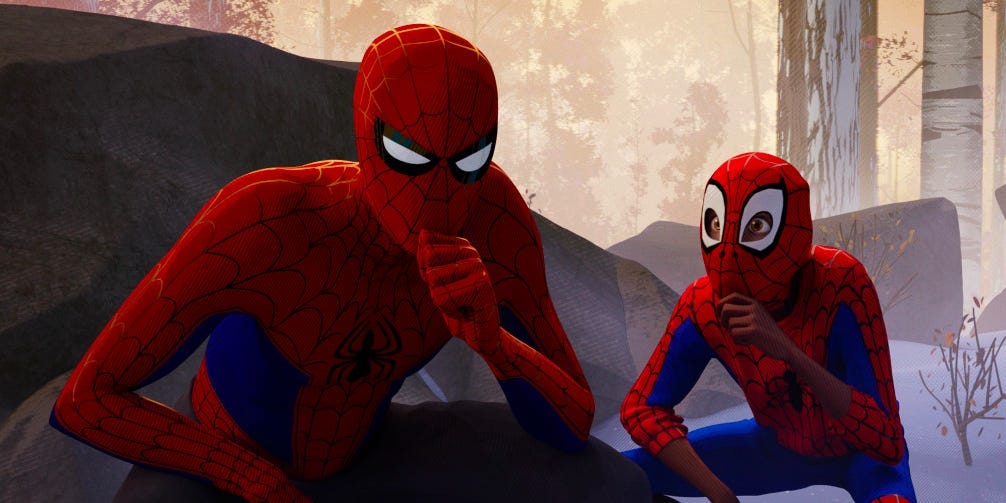
Right around this time, I was starting to become disheartened with the lack of genuine storytelling coming out of Hollywood. Many of the blockbusters that were being released right before and after that time seemed more interested in appealing to social justice activists and overbearing fans than telling honest stories.
Because of this, I expected Into the Spider-Verse to be thrilling and pleasant to look at, but I wasn’t prepared for the heartfelt story that Miles Morales experiences throughout his adventure.
While Morales’ story could have been surface-level, it instead told a genuine story about a kid who has to come to terms with not only himself on an individual level, but his place in the world. It was a touching and relatable story that felt like by the end, Miles had earned the right to call himself Spider-Man; it wasn’t just a title given to him for no reason.
Not only that, but the story of the disgraced Peter Parker from another dimension was pitch-perfect and endearing as he becomes both mentor and student as he goes through his very own redemption arc.
On top of that, unlike other blockbusters in recent memory such as The Last Jedi and Black Panther that went out of their way to flaunt diversity and social justice talking points, Spider-Verse instead opted for a more sophisticated approach and put all of its focus on its characters.
Spider-Verse’s story didn’t hinge anything on affirmative action nor racial disparity, and it didn’t play footsie with the Black Lives Matter movement.
You could say that Into the Spider-Verse focused not only on its characters but importantly, their character.
Morales’ father is not only a standup father and husband but a respectable police officer who takes the law and his community seriously. Not only that, but he was also absolutely hilarious.
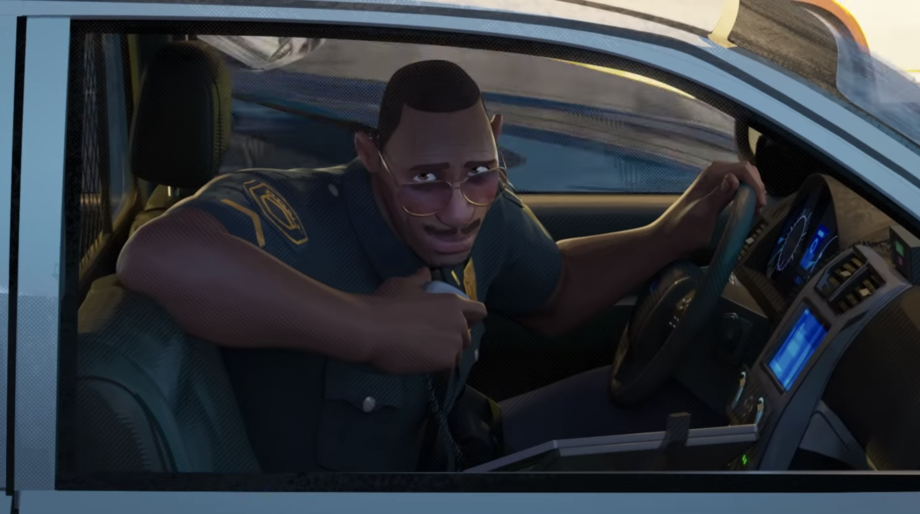
It was nice seeing a positive representation of a police officer during this time, because contrary to so much of the media and digital entertainment being shilled out these days, there just so happen to be honest and caring individuals out there who want to do the right thing with their lives and their jobs. Nobody is perfect, but the world isn’t as nihilistic, and doom and gloom as some would lead us to believe.
While not as poignant as Uncle Ben’s instruction to Peter Parker in Sam Raimi’s Spiderman, Morales’ father, Jefferson Davis, never tells Miles what he deserves, but rather, what he has earned. He goes out of his way to drive home the fact that Miles got into his prestigious boarding school, not because of a handout, but because he earned it.
It’s not inspiring to say you deserve something. Instead, Into the Spider-Verse focuses on the individual. It asked Miles, what are you capable of, not what do you deserve.
Stories that delve too deep into our modern idea of social justice generally come across as overly preachy and artificial, because no matter your life’s circumstances, the way you live your life is your decision to make. It’s up to each one of us to live it with dignity or shame.
This point is driven home by Miles Morales’ nefarious uncle, Aaron Davis, who turns out to be an enforcer for the Kingpin. After being shot by the Kingpin for failing to kill Miles, Miles says, “Uncle Aaron, this is my fault.”
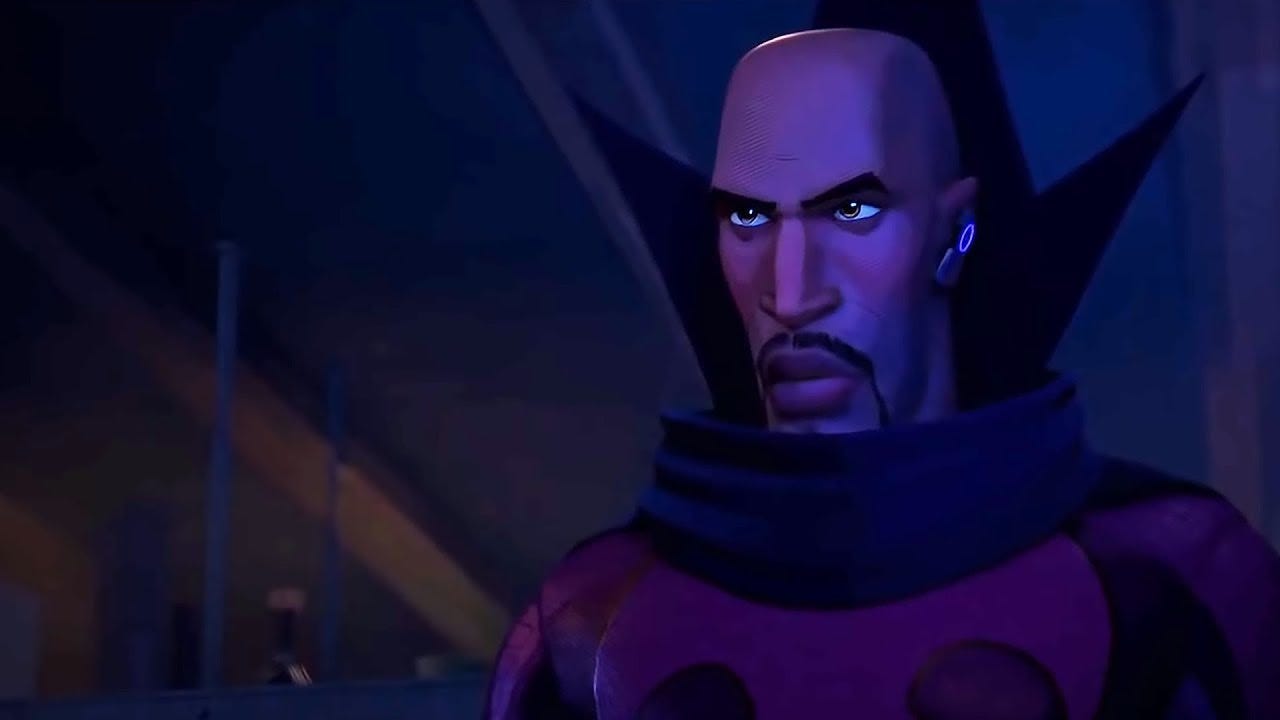
Aaron responds, “No, Miles. I’m sorry. I wanted you to look up to me. I let you down, man. I let you down. You’re the best of all of us, Miles.”
Aaron could have blamed society or Kingpin, but even he knew enough that he had to take responsibility for his actions.
The only person that let Miles down was himself.
This sentiment is precisely why I love this film. Unlike Black Panther’s Killmonger that wasn’t sympathetic at all, I felt a connection to Aaron at this moment. While Killmonger had some good points to make, he wasn’t a character I could relate to.
That’s not to say that Into the Spider-Verse is a perfect film. It should have had just a few extra scenes with Aaron’s character before his death, and several tracks on the soundtrack are nearly groan-inducing. Still, one of the biggest critiques I have of the film is the exaggerated artistic rendition of Kingpin. Kingpin is so ridiculously large that he clashes with the real-world aesthetic that the rest of the film tries to employ. Even for a cartoon, Kingpin and some of the other villains feel incredibly out of place and should have been more restrained in how they were portrayed.
Having said that, any of these critiques are mostly nitpicks, and overall the film succeeds because it doesn’t rely on its incredible visual style as a crutch. Instead, it shows people being or learning how to become accountable.
In the end, Into the Spider-Verse is a near-perfect example of how style and substance should be crafted and molded together.
It’s not enough to make something look great. To make something truly memorable, the characters have to have heart and depth, and the story needs to have something meaningful to say.
The visuals are just icing on the cake.

